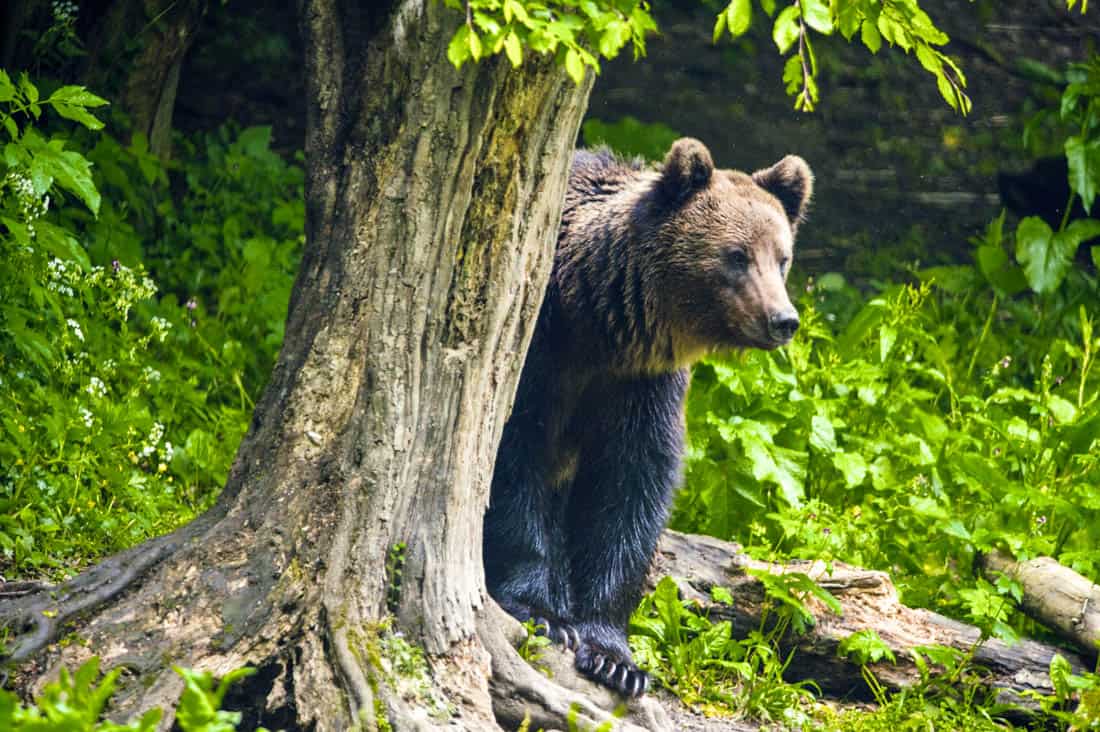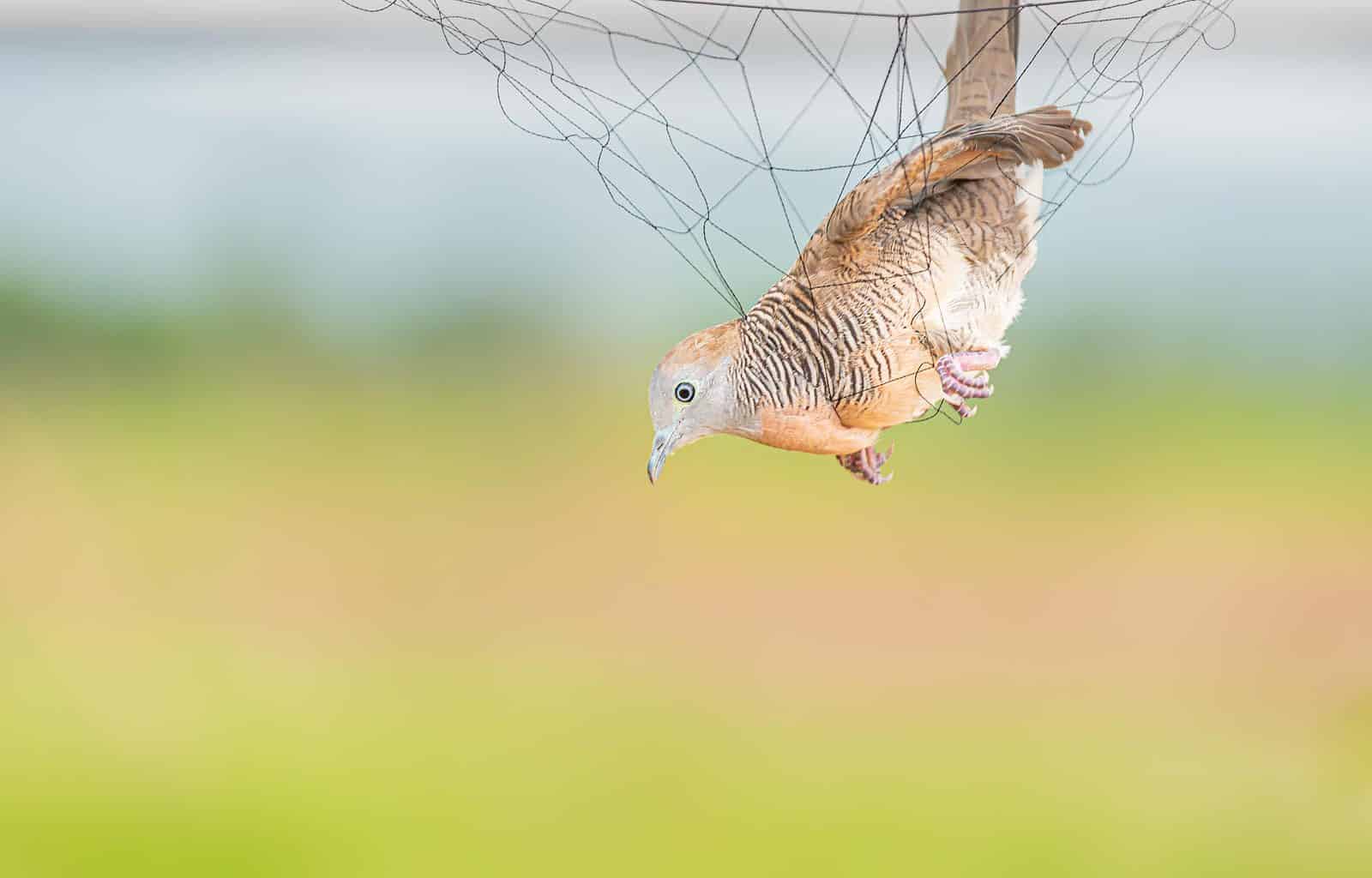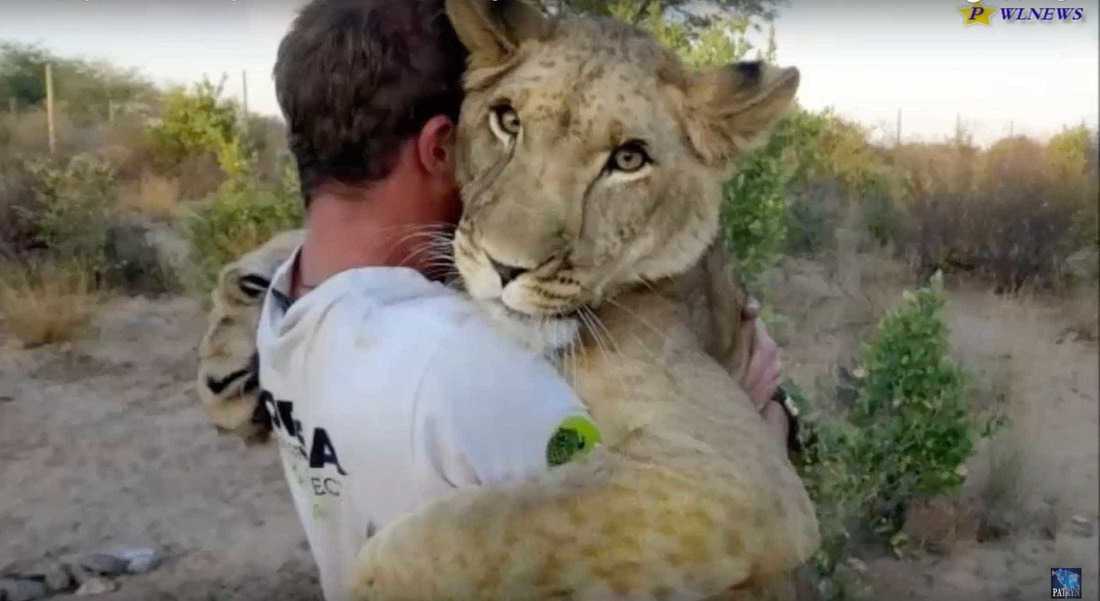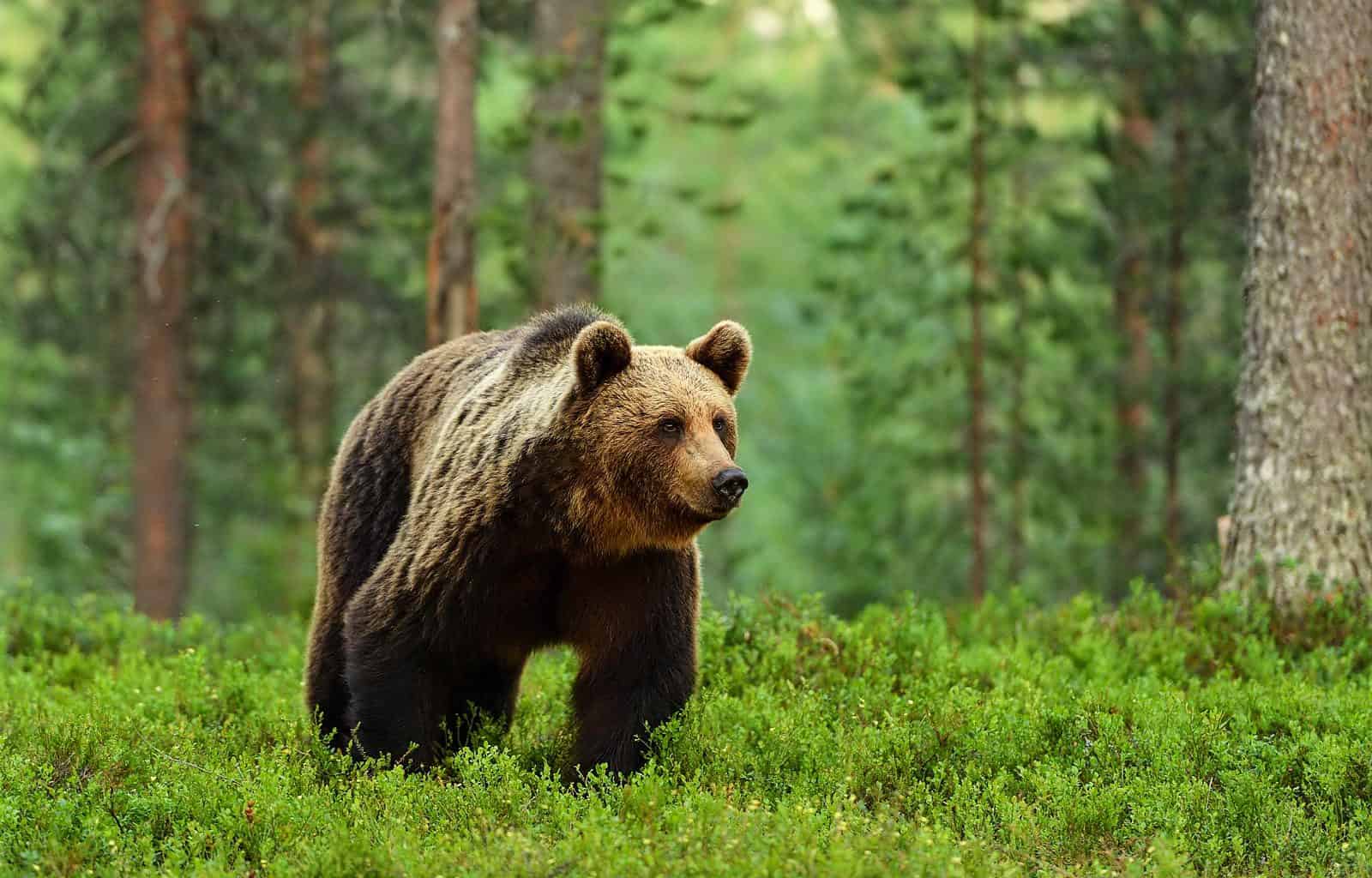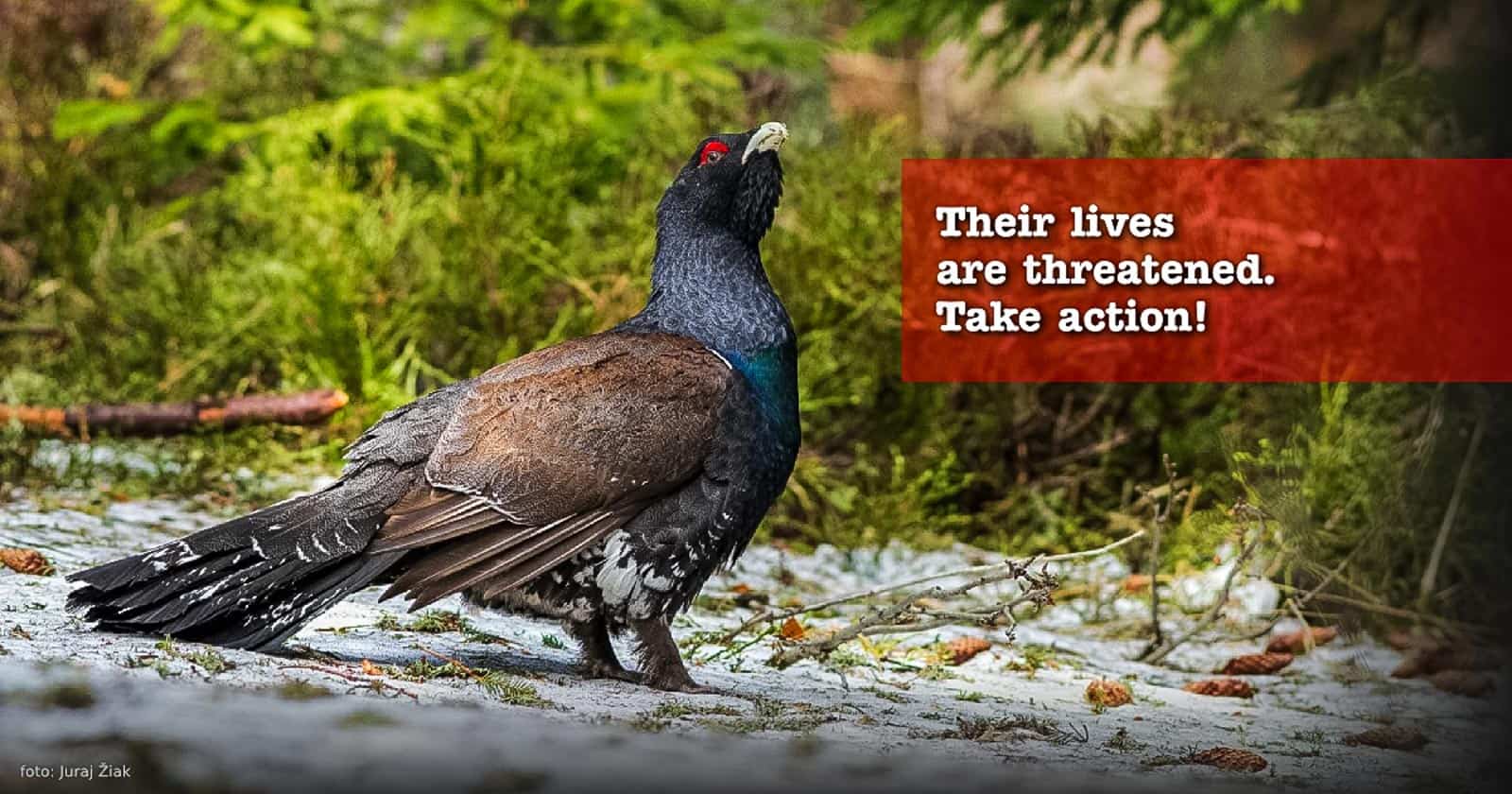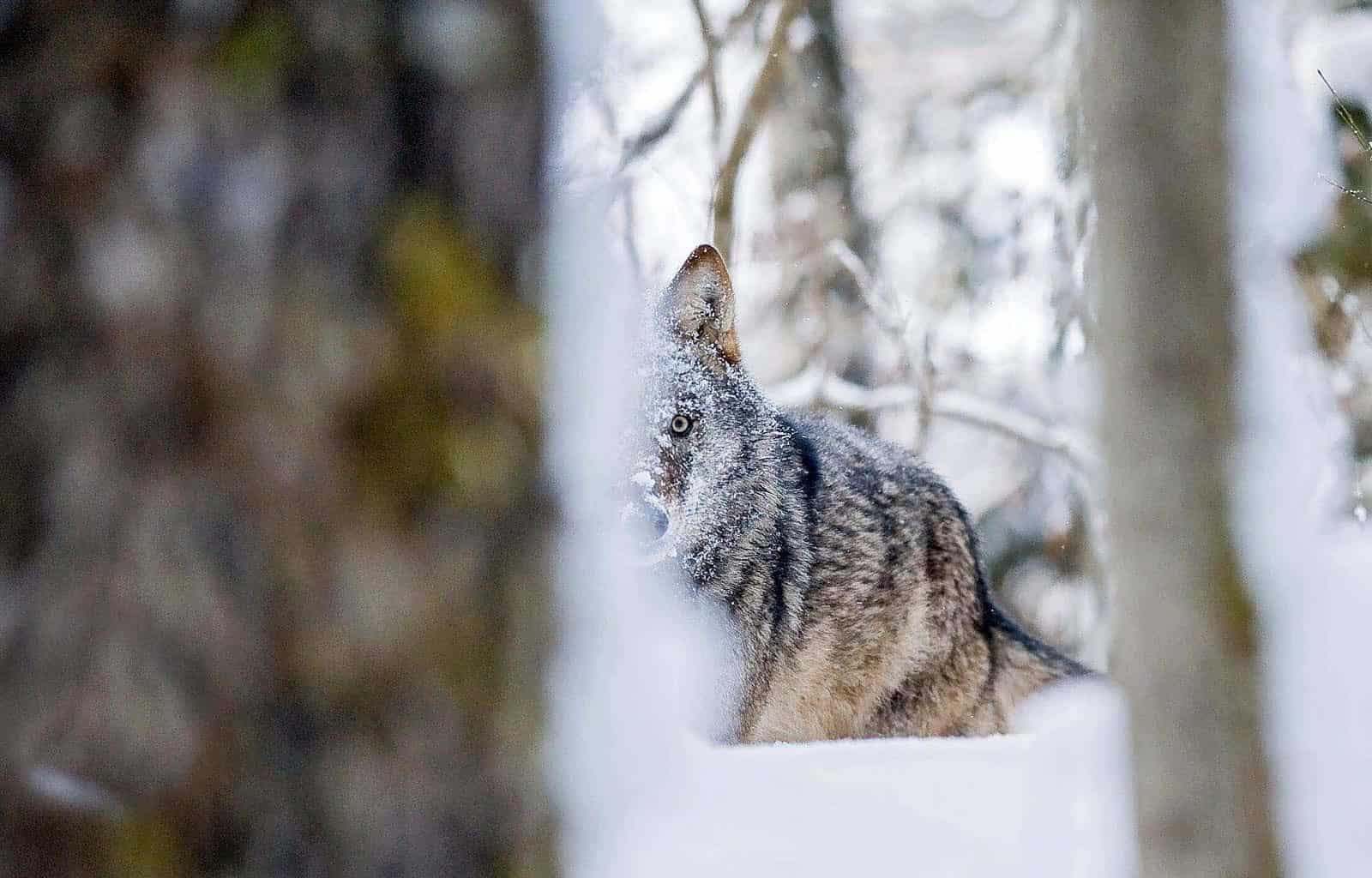World Bear Day
Every year on 23rd of March, the bear is celebrated around the world. Like other large carnivores, bears are often misunderstood. Frequently, they are depicted and imagined as scary, aggressive animals. Let us change that view and get rid of the myth surrounding bears.
Are Bears Dangerous?
We should not be afraid of bears. Black bears kill less than one person a year on average. They usually mind their own business, even female bears with cubs. One problem is the media sensationalism of an attack, if it really happens. Of course, like with any wildlife, you should not disturb it and keep your distance. Mother bears will defend their cubs if necessary and if they feel threatened.
Another problem is that bears usually come too close to humans when they find food or food waste somewhere. So, always remember, especially when you are in the forest, not to leave your food lying around. Once bears are being fed by humans, they start to get accustomed to our presence. Then the probability of human-bear conflicts is much higher.
Why are Bears Important?
Bears, as other predators, are important for our ecosystem. They keep it clean and healthy, for example, by eating dead animal carcasses and disperse seeds throughout their territory. Moreover, they dig up insects and thereby turn over the soil and mix the nutrients.
To ensure a greater biodiversity and the cycle of predator and prey life, it is important to keep all the links in that cycle. Bears are one of them.
Bear Species
In total, there are eight different bear species. They live on the American continent, Europe, Asia and the Arctic. These are the American Black bear, the Asiatic Black Bear, the Giant Panda, the Malayan Sun Bear, the Sloth Bear, the Spectacled Bear, the Brown Bear, and the Polar Bear. Six out of these species are listed as endangered or vulnerable. The Panda is categorised as endangered, even though China is making great efforts to reduce habitat loss, logging and poaching. Only the Brown Bear and the American Black Bear are listed under least concern in the IUCN Red List.
Threats
Habitat loss is one of the greatest threats to bears. This is due to logging, growing human population and agriculture. This means that bears will come into closer contact with humans as they do not have their own habitat anymore and, in turn, this can also lead to human-wildlife conflicts.
Some species, especially in Asia, are threatened by illegal poaching and wildlife trade. For polar bears, climate change is the most threatening danger. Through the melting sea ice, polar bears are having a difficult time finding their prey, i. e. seals. Sometimes they have to go for months without eating.
Conclusion
Bears are often widely misunderstood and misrepresented by the media and the public. Usually, if they do not feel threatened and are not accustomed to people, they just go about their way.
Most of the bear species around the world are threatened and need to be protected. World Bear Day is used to focus on all the diverse issues regarding the species; it is used to protect them, spread the word about them and change the bears’ image.

